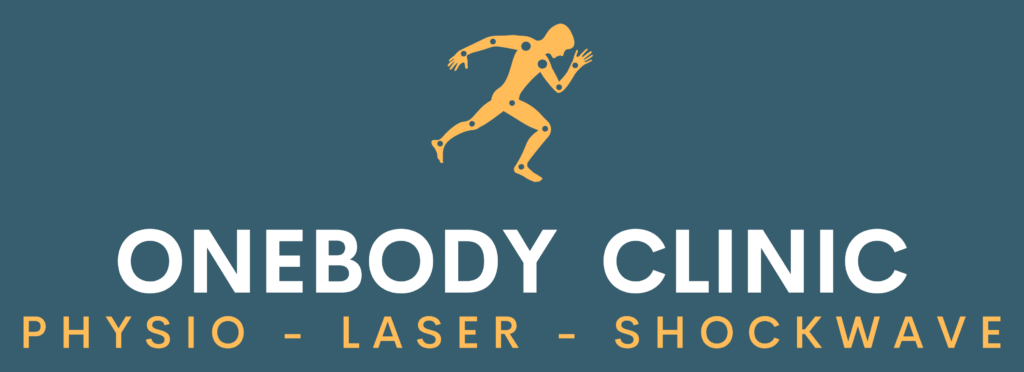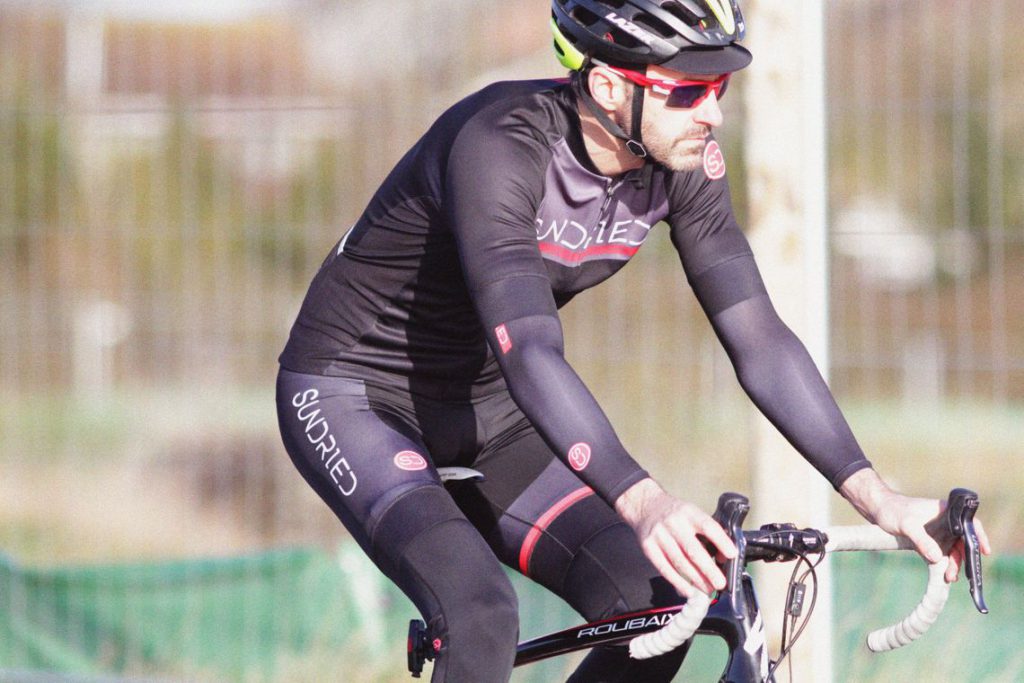So you want to start exercising.. again
You’ve hit a waist measurement your not happy with, you’re borderline diabetic, you can’t play with your kids or your joints are achy. You see a GP or physio and they say, ‘you need to be doing some exercise!’
Your mates are playing 5- a-side football, started pilates, kettlebell classes or donned some lycra and have bought a bike. So how do you get back to getting yourself back in shape?
To set your yourself up for success whether continuing exercise or starting a new sport or activity, setting expectations and knowing your limits are really important to get you back and ‘staying’ back on an exercise lifestyle.
Lets go for it
You start back with a light 10min jog after years of inactivity and feel great, next thing you’re playing for an hour in a football match or aerobics class and you’ve a pulled calf or hurt your knee. You are heading for a ‘Boom & Bust’ training mentality. Thinking you can run like you did in your 20’s or starting to play 5-a-aside football for the first time in 10 years, can lead to injury and ultimately resign you back to the couch.
Taking a graded approach
The challenge for the retired ‘Sportsperson’ or ‘Weekend Warrior’ is, training or playing within your limits. As we age we lose muscle mass and joint elasticity. Consequently, a graduated approach to starting or returning to physical activity is very important. Our bodies need time to adapt and repair from physical loads. This is achieved by increasing activity by approximately 10% per week to allow for muscle repair and physiological adaptation(3).
In Onebody, one of the biggest issues we see with our clients and exercise is that they believe they are too old or too unfit to even start exercising and this can vary from 35 – 80 yrs of age. Unless you want to speed up the mortality process, we all need to get exercising whatever the age.
Training through middle age just requires some adaptation to ensure we are working to optimum loads when it comes to physical exercise. This means putting our bodies under enough stress to allow for our lungs and heart to get into aerobic zones and for our bones and joints to be under enough pressure to adapt for muscle strength and improved bone density. (2)
How much exercise should I do?
As we move into middle age one cannot understate the importance of exercise for our overall wellbeing. Our long term mental, physical and physiological health are dependent of on us getting adequate levels of exercise. WHO ( World Health Organisation) recommends between the ages of 18-65 we should aim to carry out the following as a basic for moderate health:
‘Do at least 150 minutes of moderate-intensity physical activity throughout the week (get slightly out of breath), or do at least 75 minutes of vigorous-intensity physical activity throughout the week (be out of breath to the point of finding it difficult to talk), or an equivalent combination of moderate- and vigorous-intensity activity.
For additional health benefits, adults should increase their moderate-intensity physical activity to 300 minutes per week, or equivalent.
Muscle-strengthening activities should be done involving major muscle groups on 2 or more days a week.
Pathologies like Osteoporosis, Osteoarthritis, Type II diabetes and Cardiovascular disease can all have better outcomes if we continue or even start to exercise, even over 50. Exercise has so many more benefits than the risk of injury, and is fundamental in the management of weight control versus living a sedentary lifestyle.'(1)
Don’t be afraid of getting back to training
Fear avoidance behaviours, an old school therapy approach was ‘be careful’, protect your back and joints through doing less or ‘resting’ for aches and pains. That thinking has changed dramatically in the last 5-6 years. All modern research finds that we need to keep stress on joints and bones in order to stay healthier longer. The phrase should be ‘prepare well and manage expectations’, your running times and performances should be measured against where you are now, how your body feels and how do you rank against others for your age, not your younger self.
To slow the process of muscle wastage and bone mass decreasing to help stay strong we really have to exercise to maintain elasticity, in one of the biggest studies of its kind recently, the Lancet Journal 2018 published a meta-analysis on the best way to treat back pain or individuals with ‘weak’ backs and that basically came down to ‘Lift things to make your back stronger’. This is encouraged for both males and females over 50 to assist in slowing the aging process (4)
Type of exercise – Load bearing and aerobic exercise
Load bearing refers to weight, and this can be your own body weight as you run, circuit classes, dancing, weight lifting or any activity that refers gravity through the body. While cycling is a great cardiovascular (aerobic) activity, it is not a weight bearing exercise and is not implicated as a way to improve or sustain bone health with aging. Aerobic activity refers to an activity that causes us to get out of breath, which will put our lungs and heart under some pressure and help improve our cardiovascular fitness.
Lack of loading has been shown to have damaging effects on the joints. So putting weight through our bodies is vital for skeletal health. This is also a factor in mature adults talking up non weight bearing cycling activity if you have not participated in sport in your younger years. Donning the lycra for cycling might be great for cardiovascular health, but will be of little benefit for joint and bone health(5).
Whatever your chosen activity, remember to be patient and to stick with it.
For assistance or guidance with getting back into sport or exercise, call us for a no obligation chat with one of our experienced physio/physical therapists
info@onebody.ie or call on 01-2140060
Research:
https://www.who.int/dietphysicalactivity/publicati… (1)
Papa, Dong , M Hassan (2017) Resistance training for activity limitations in older adults with skeletal muscle function deficits
2017; 12: 955–961 https://www.ncbi.nlm.nih.gov/pmc/articles/PMC54792… (2)
Khan, K & Scott, A. (2009). Mechanotherapy: how physical therapists’ prescription of exercise promotes tissue repair. British Journal of Sports Medicine, 43: 247-251. doi 10.1136/bjsm.2008.054239 (3)
Hartvigsen J, Hoy D, Smeets R, et al. (2017) Low back pain why we need to start paying attention? Lancet Press (4)
Longitudinal Changes in Bone Mineral Density in Male Master Cyclists and Nonathletes Nichols et al. The Journal of Strength & Conditioning Research 2011 (5)

